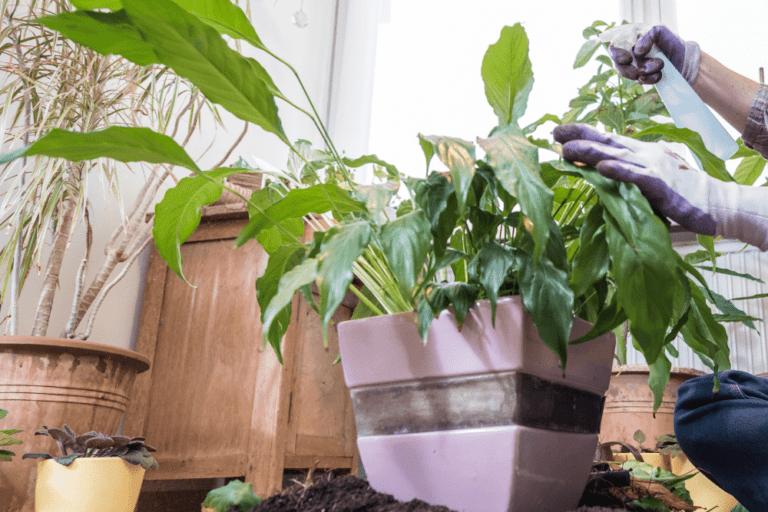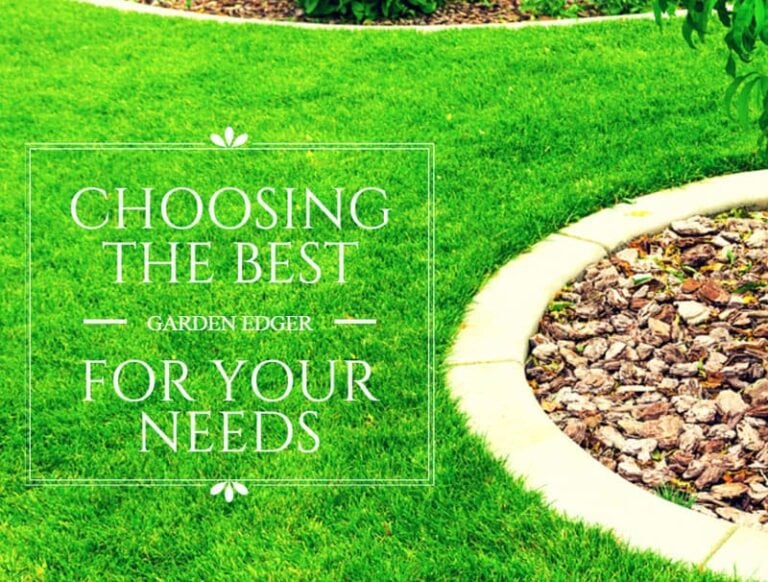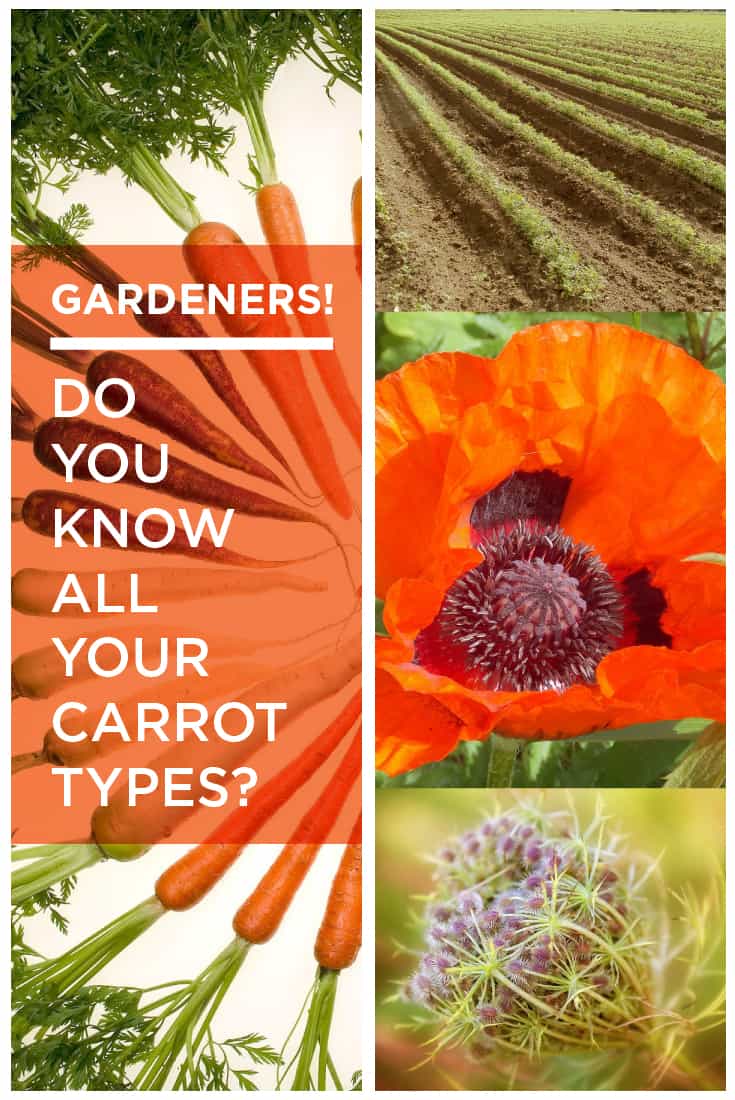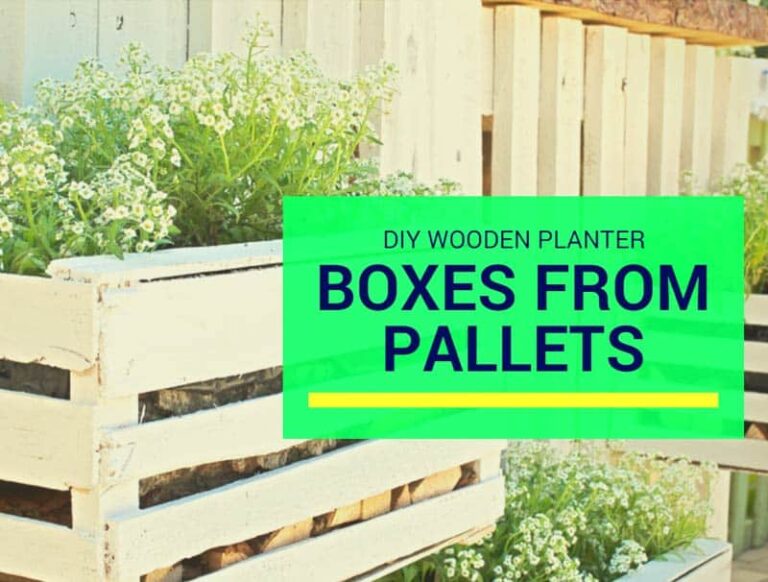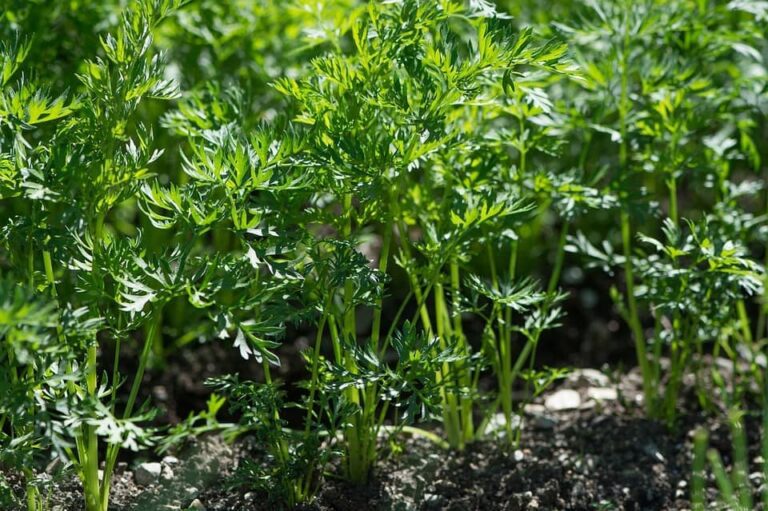Notes on Growing Cucumbers Indoors
Although they require a fair amount of work and planning, you can grow cucumbers inside your home. You’ll need to pick a variety designed for indoor cultivation and make sure you have the right equipment, from the right soil mix to a good source of light. If you can easily control the temperatures in your home or greenhouse, you can expect to get a decent yield from the cucumber plants you grow.
grow your own cucumbers
[wptb id="507021" not found ]Choosing the Right Variety for Growing Indoors
You might be familiar with bush varieties and vining varieties of cucumber plants and with slicing compared to pickling cucumbers. When you’re growing cukes indoors, you want to look beyond bush vs. vining or slicing vs. pickling.
Since bees and other pollinators don’t live in your home or greenhouse, your best bet is to find cucumber varieties that produce fruits without pollination. Usually, these are European varieties, according to Aggie Horticulture.
Greenhouse or indoor varieties of cucumber plants produce all female flowers. The flowers are able to self-pollinate and the plants usually produce a good number of cukes, without help from bees.
If you’re unsure which type of cucumber to plant in your indoor garden, here a few to keep an eye out for:
- Socrates
- Tyria
- Corinto
- Unistars
If you can’t find those varieties, look for the words “gynoecious,” which means they only produce female flowers, and “parthenocarpic,” which means the fruit is seedless, on the seed packet label.
Although self-pollinating gynoecious plants are preferable for growing inside, you can try to grow standard, seeded cucumbers indoors. You’ll have to pollinate the flowers yourself if you do that.
This video from horticultural designer Angela Price walks you through the process of pollinating indoor cucumber plants. All you need is a small paintbrush, a gentle touch and some patience to help your plants produce healthy, tasty cucumbers.
What Your Cucumber Needs to Thrive Indoors
Indoor cucumbers usually require a bit more attention that cucumbers in an outdoor garden. Along with having enough space to grow the plants, you’ll need to purchase the right equipment or find some way to satisfy your plants’ needs.
Lots of Light
Cucumbers produce best when they get between eight and 10 hours of sunlight per day. They need even more sun when just getting established.
The plants will still produce fruit with just six or seven hours of sun per day, but the yield will be reduced, according to Rutgers’ If Plants Could Talk.
To give your cucumbers plenty of sunlight indoors, you’ll either need a greenhouse that lets the sun shine in or supplemental lighting. Even if you have a glass walled greenhouse, your cucumbers might need supplemental lighting in the winter, when there’s less daylight.
Choose fluorescent grow lights that contain the full spectrum of colors to help your cucumbers thrive. Place the lights about a foot above your cucumbers, so that they get an adequate amount of light, and keep the lights going for about 12 hours a day.
The Right Type of Soil
Don’t use garden soil when growing cucumbers indoors. It’s not meant to work in containers and will form a dense clump around the plant’s roots. Garden soil might also have bacteria or viruses in it that can make your plants sick.
Instead, use a special container mix that has good drainage and a fair amount of fertilizer in it. You can use a conventional mix or choose an organic variety, if that is important to you. Ingredients to look for in your container mix include perlite, coconut husk or peat.
Adequate Water
Cucumbers are 97% water. In fact, they have the highest water content of any solid food, according to the Physicians Committee for Responsible Medicine. Unless you want dried-out, bitter husks, you need to make sure your plants get enough water when growing.
Usually, cucumbers need about an inch of water per week to produce a good amount of fruit. You can set up a drip irrigation system to keep the plants consistently watered or you can commit to watering them by hand frequently.
It’s better to water deeply less often than to give your cucumber plants little sips of water more frequently, according to Burpee Plants. Every so often, mix a bit of fertilizer in when watering, so that your plants get adequate nutrition too. It’s especially important to fertilize the plants once they start producing flowers and fruit.
A Trellis
Even if you grow a bush variety of cucumber indoors, training it to grow vertically will save you space. A trellis will keep your cucumber plant from invading your home.
One way to set up a trellis indoors is to screw a hook into the ceiling, then thread a piece of nylon rope or string through the hook. Stretch the string down to the soil in the plant pot and secure in place with a stake. Train the cucumber plant to grab the string as it grows.
Challenges When Growing Cucumbers Indoors
Although it’s possible to grow cucumbers inside your home or to set up a greenhouse to grow them, there are several challenges that come with it.
One is the increased cost of growing the plants. If you’re running several full-spectrum grow lights for 12 hours a day, every day, you’re going to see a bump in your electric bills.
Another challenge is maintaining the right temperature for the plants. According to the University of Alaska, cucumbers do best when the soil is between 70 and 75 degrees Fahrenheit during the day and not lower than 65 degrees at night.
Ideal daytime air temperatures are between 75 and 80 degrees, which can be difficult to achieve indoors in the winter or fall, unless you keep your heat cranked up.
If you really love cucumbers, the extra challenges involved with growing them indoors can be worth it. You’ll have home grown cucumbers all year round, even if you live in an area with cold winters or don’t have much outdoor space.

